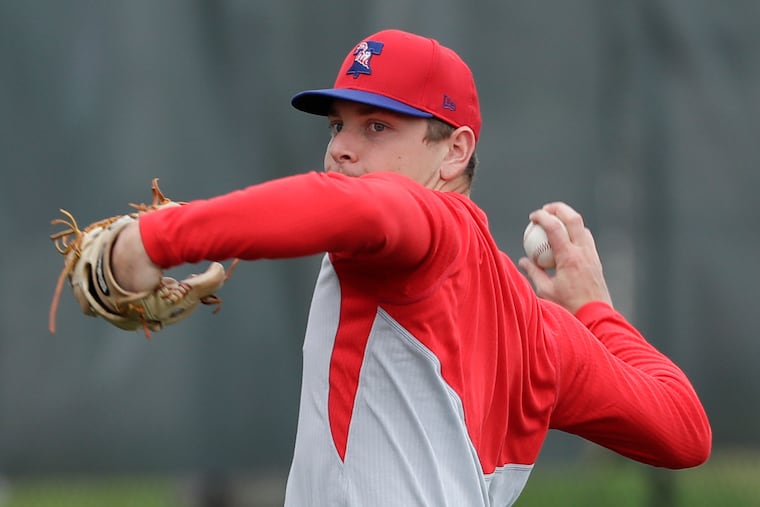Inside the Phillies’ ever-evolving plan for top pitching prospect Spencer Howard | Scott Lauber
Reliever? Starter? Or opener? The Phillies want to maximize Howard's impact while building a workload and continuing his development. "That’s a lot of things to do at one time," Dave Dombrowski said.
